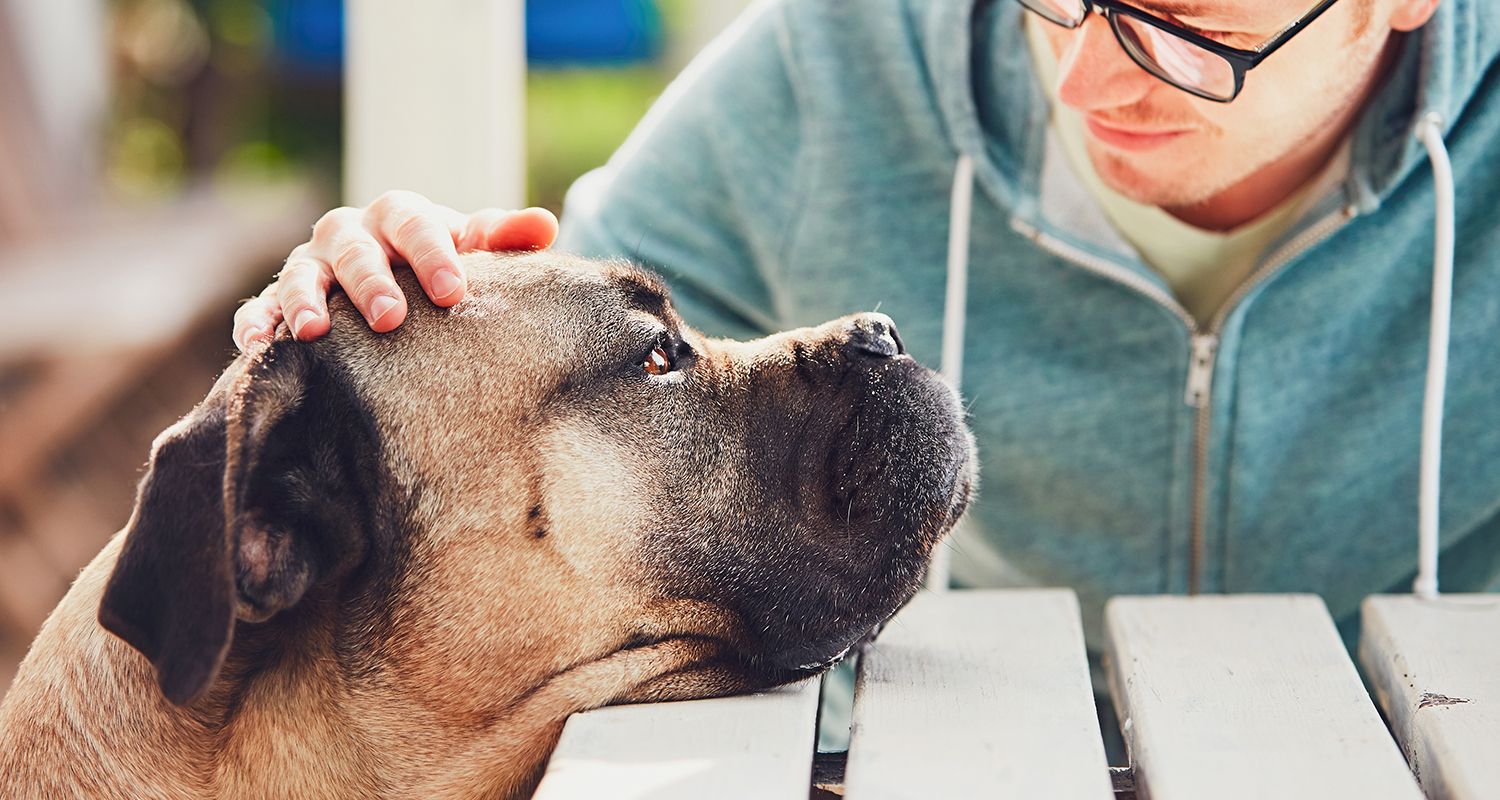
What Is Dog Flu: Signs & Symptoms, And How To Treat It
Can Dogs Get The Flu?
The answer is yes, but canine influenza is different than human influenza. Although the symptoms can look similar, the influenza viruses that cause the infections are completely different strains.
If you notice your dog has cold or flu-like symptoms, there’s a high chance they may be suffering from an upper respiratory tract infection, possibly caused by dog flu. Upper respiratory infections can quickly become very serious, so it’s important to know what to look for and what to do if your dog develops symptoms.
What Is Dog Flu?
Dog flu is a common term to describe a contagious upper respiratory infection in dogs caused by the canine influenza virus. Unlike the human influenza, dog flu is not seasonal and can be contracted at any point in the year.1
What Causes Dog Flu?
Two strains of viruses can cause the canine flu: CIV H3N8 and H3N2.
These viruses are highly contagious and can spread quickly because most dogs have no immunity against them unless they are vaccinated. Dogs can contract canine influenza from being in close contact with other dogs (like in kennels), through shared food bowls and toys, and airborne droplets through sneezing, coughing, and barking.
All breeds and ages of dogs are susceptible to catching the virus, and almost all dogs who are exposed to the virus will catch it.2
Can Humans Catch Dog Flu?
Canine influenza virus is not zoonotic, meaning there is no evidence that either strain can be passed to humans.3 Although humans cannot become infected, they can still transfer the virus on their hands when touching infected animals.
Symptoms of Dog Flu
How can you tell if your dog is suffering from the flu? There are a few key signs and symptoms to watch for:

- Fever
- Cough
- Sneezing
- Lethargy
- Green or yellow discharge around the nose and eyes
- Laboured breathing
- Decreased appetite4
One of the most common signs of canine influenza is a wet (productive) cough that persists for at least one week.5
Other Conditions That Might Look Like Dog Flu
Dog flu symptoms are fairly general in nature and can look like symptoms of other viral infections such as canine distemper, adenovirus type 2, and canine coronavirus. Another common upper respiratory tract infection that can be confused with dog flu is Kennel Cough which is often caused by the highly contagious bacteria bordetella bronchiseptica.
It is always best to take your dog to the vet if you suspect a respiratory infection, as some conditions can be very serious (and possibly fatal).
How Dog Flu Is Diagnosed
Canine influenza cannot be diagnosed based on symptoms alone, since the signs mimic many other conditions. In order to properly diagnose the presence of influenza virus, your vet will need to conduct tests to detect and identify which virus your dog may be infected with.
How To Treat Dog Flu
There are currently no antiviral agents approved to treat canine influenza. Your vet may recommend nonsteroidal anti-inflammatory drugs to help control fever and inflammation in the nasal passages and throat. If your dog develops a secondary bacterial infection, your vet will prescribe antibiotics to clear the infection.
Some dogs that have not been eating or drinking may need to be hospitalized for nutritional support (such as a feeding tube or intravenous fluids).
In addition to medical treatment, there are some things you can do at home to help treat dog flu.
Home Remedies for Dog Flu
1. Provide soft, strong-smelling foods
Since dog flu can have a negative impact on your dog’s appetite, try to make their food more appealing by providing softer foods. Try warming the food slightly to enhance the scent.
2. Make sure they have plenty of fresh water
Hydration is essential to helping your dog recover. Ensure your dog has plenty of water available to drink throughout their recovery.
3. Make sure your dog is comfortable
Ensure your dog has a comfortable spot to rest and recover.
4. Keep your dog’s face clean
Take a warm washcloth and gently wipe your dog’s face to clear up any discharge from the nose or eyes.

How Long Does Dog Flu Last?
Most dogs who get sick from dog flu only develop a mild form of the disease and recover within 2-3 weeks.6 Dogs with shorter snouts like pugs and french bulldogs often have a more difficult time overcoming the flu due to the anatomy of their respiratory tract.7
Some dogs may develop secondary infections that cause very serious illnesses like pneumonia. Puppies, older dogs, and dogs with compromised immune systems are most at risk.
How to Prevent Dog Flu
Since canine influenza is highly contagious, it’s important to take necessary precautionary steps to prevent it from spreading.
Vaccinate your dog
One of the best ways to prevent dog flu is through vaccination. Speak with your vet about vaccine options during regular bordetella vaccination visits.
Wash your hands after touching other dogs
Although humans can’t contract dog influenza, they can spread it to other dogs by contact. Be sure to thoroughly wash your hands after petting or playing with other dogs.
Isolate your dog
If your dog displays flu-like symptoms, keep them isolated from other dogs until symptom-free to prevent the spread of the virus.
Most dogs recover from canine influenza virus fully if they are provided with good care and medical attention as required. If you suspect your dog may have canine influenza, take them to the vet right away.
- https://www.avma.org/resources-tools/animal-health-and-welfare/canine-influenza
- https://www.dogflu.com/
- https://www.avma.org/resources-tools/animal-health-and-welfare/canine-influenza
- https://www.pethealthnetwork.com/dog-health/dog-diseases-conditions-a-z/canine-influenza
- https://dogtime.com/dog-health/16352-canine-influenza-what-you-need-to-know
- https://www.avma.org/resources/pet-owners/petcare/canine-influenza-pet-owners-guide
- https://pets.webmd.com/dogs/features/dog-flu-canine-influenza#1
